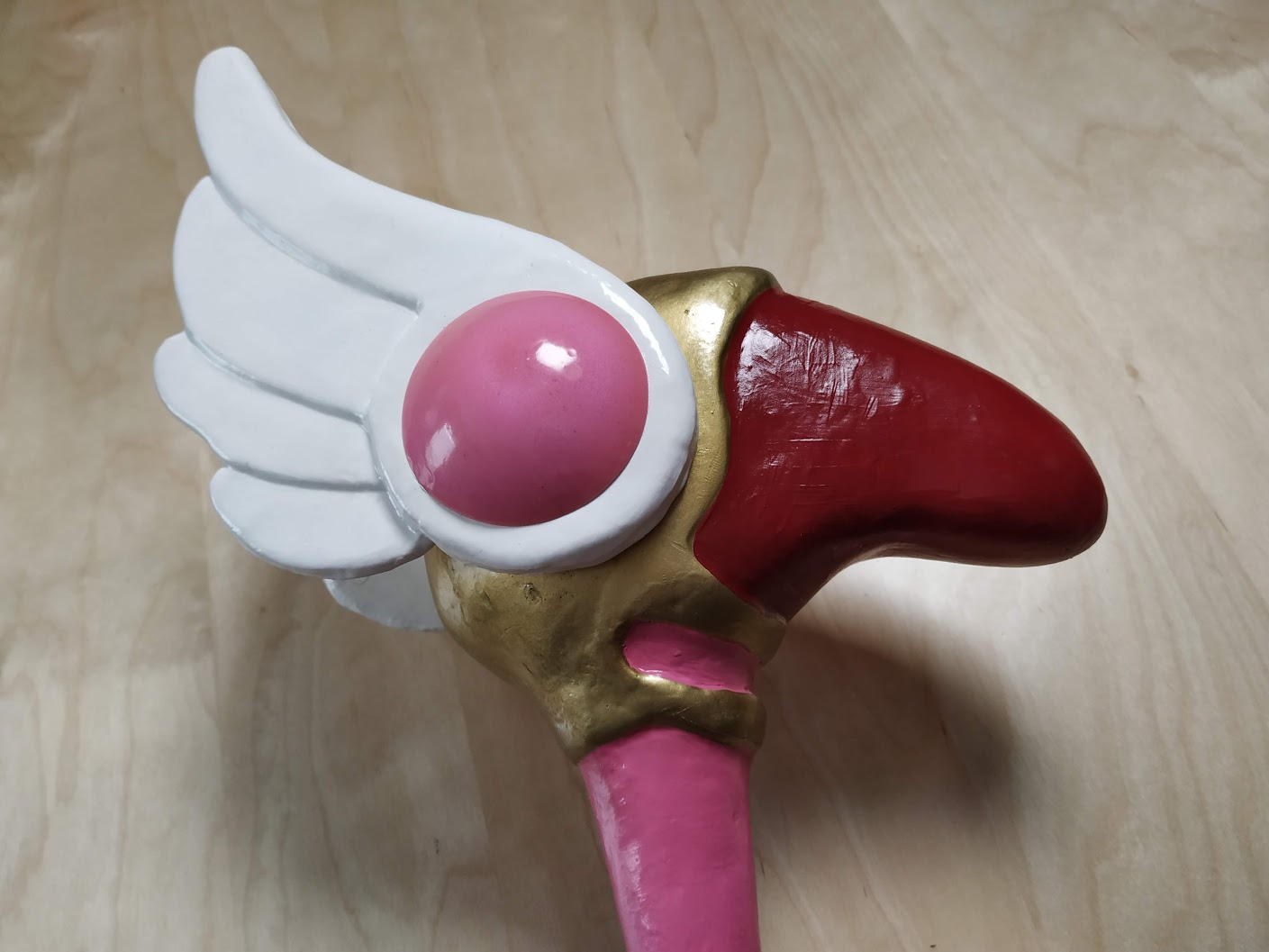The sealing staff is an integral part to any Sakura Cosplay. If you are looking to make your own staff there are a lot of great resources out there to help you, this write up will give you links to those that I used, as well as some additional information on my process.
This cosplay and tutorial was made possible by my generous Patrons, head over to Patreon to check out awesome rewards!

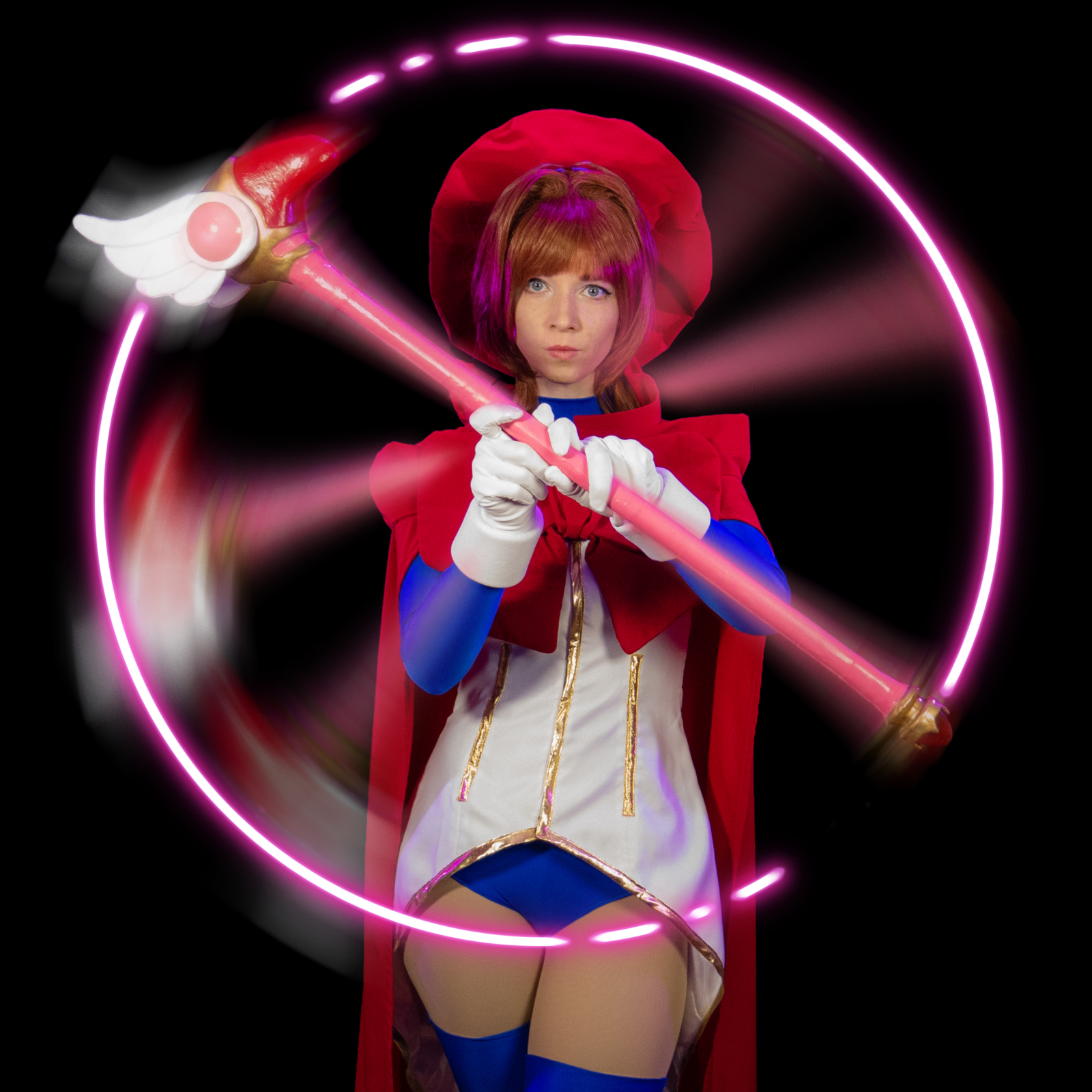
To start I noticed there were two main ways people seemed to be constructing the staff, one was sculpted and molded out of foam and clay, the other was making a master out of MDF and then casting it. I ended up somewhere in the middle. For information on how other people have made theirs check out:
I ended up somewhere in the middle, some sculpting, some casting. So a breakdown!
The Head
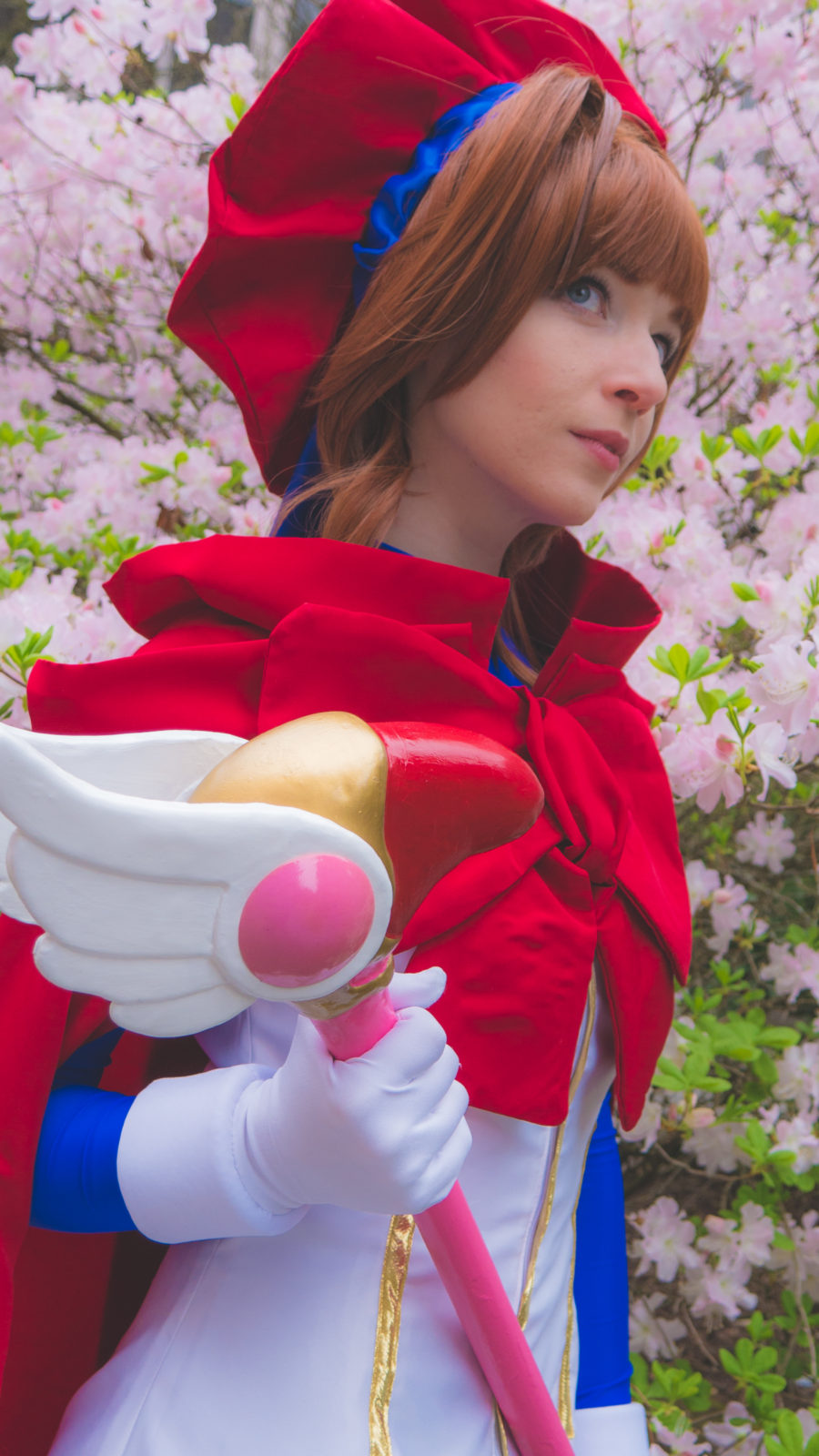
Initially I had been planning on carving the head out of foam, and covering it in paperclay and calling it good. But I ran into some struggles with the foam head not staying on the staff. But by this point I had already sculpted the head, so rather than start again from a different material I decided to double down and cast it.
I used the template made by Blind Squirrel Props to base my sculpt and sizing on. The base was dessert foam (which be warned sheds everywhere), which I used an exacto knife to remove most the chunks of materials and get a base shape. I then covered and smoothed everything using paper clay, and added a final layer of wood glue to full in some of the smaller gaps. Lastly I sealed it with a spray sealer so it wouldn’t react with the silicon or clay for casting.
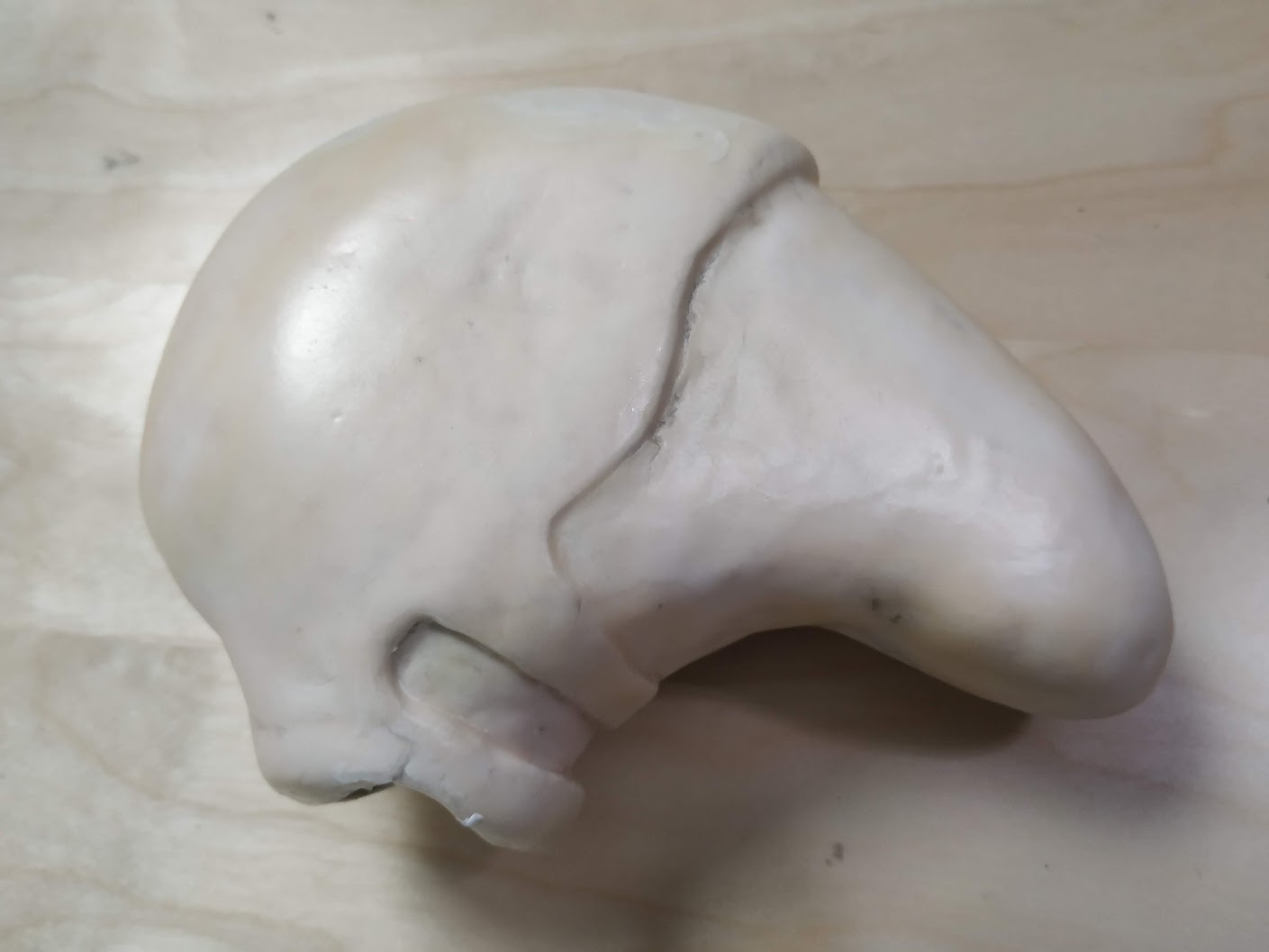
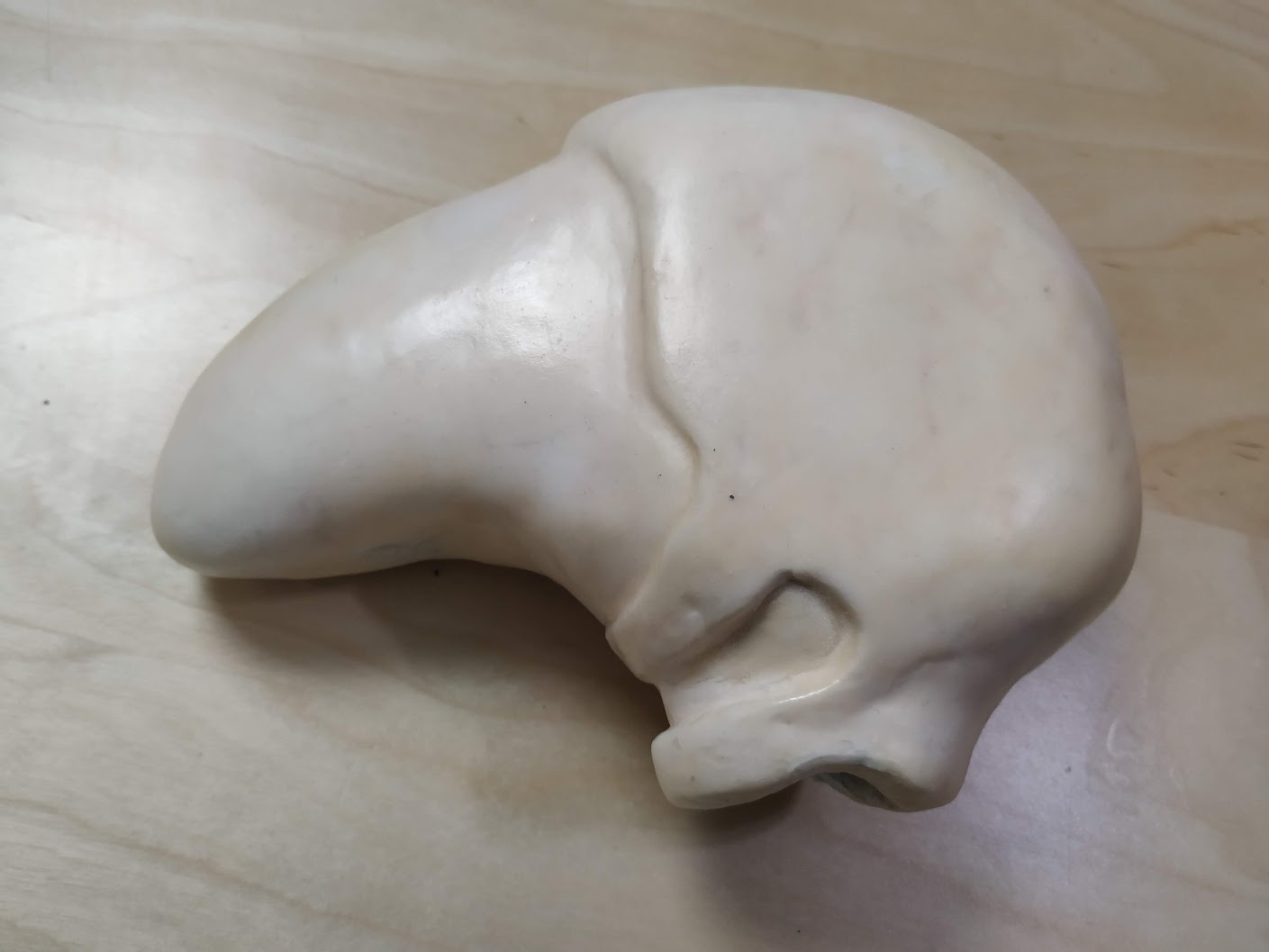
Next I created the two part mold, I’d never done this before but thankfully there are lots of tutorials online about how to do this! (Check out Smooth-On, Punished Props and Lightning Cosplay for getting started).
I used Smooth-On Oomo 25, which gives a good amount of work time, but sets fairly quickly. I ended up needing 2 of the sample units to make the full mold. I then cast the head using Smooth-On Cast 300 mixed with Smooth-On Ure-Fill 15. I used a ratio of 2 part Smooth Cast to 3 parts filler, (1 cup of Part A, 1 cup Part B and 3 cups filler). The purpose of the filler was to allow me to make a solid cast but significantly reduce the weight. \It was still pretty heavy and I could have probably increased the amount of filler but I was worried about it becoming brittle. Play around with it if you can till it works.
After pouring into the mold I inserted the PVC pipe that I was using for the staff directly into the mold. I had cut notches into the pipe, meaning that once the resin set it set around and inside the PVC pipe, really securing it! No more issues of the head falling off. I did end up making two casts, as the first was too heavy, and I had forgotten to make an air escape hole so there was a bubble preventing it from filling the mold. But otherwise the process was fairly painless for my first try!

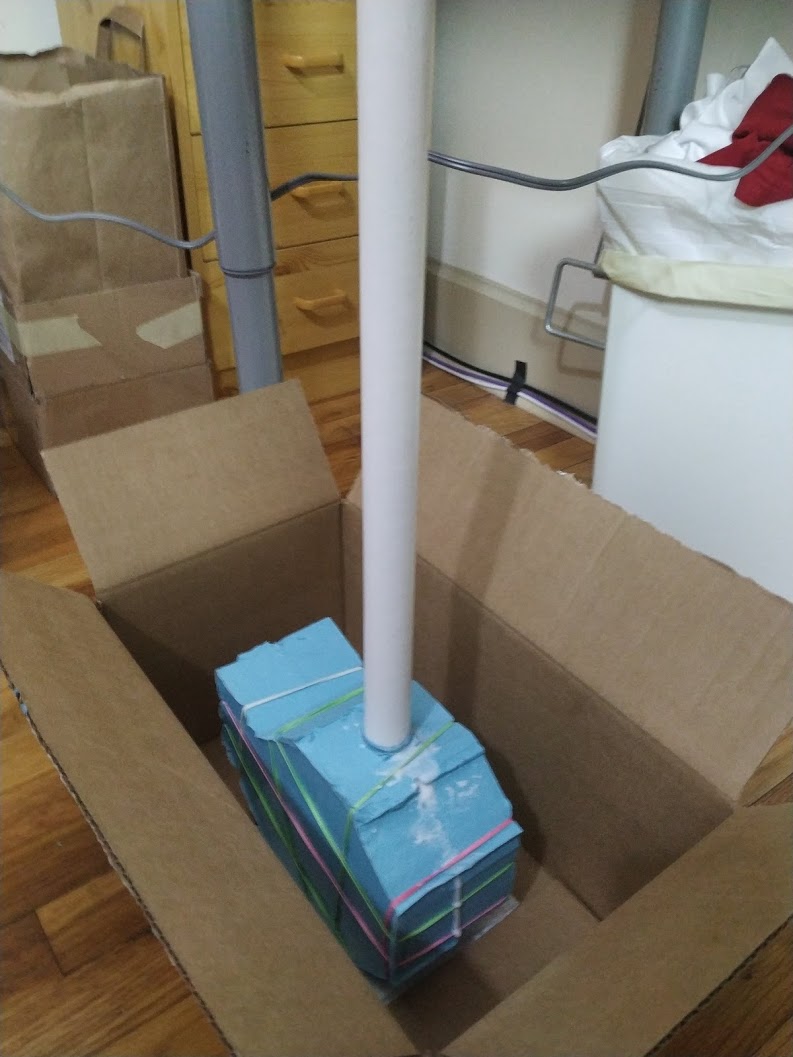
The wings were made out of layers of EVA foam stacked to give greater depth, and then covered in worbla to add strength and smooth the overall appearance. The eye were cast using resin mixed with red dye and opalescent powder, using spherical molds to get the right size and shape.
The Base
Rather than sculpting I made the base out of layers of EVA foam covered in worbla, following the diagram for sizing and shaping. The gem was however cast using clear resin colored with red ink/dye. I actually use the base of an Easter egg to get the right shape, though it did need some sanding and smoothing at the end.
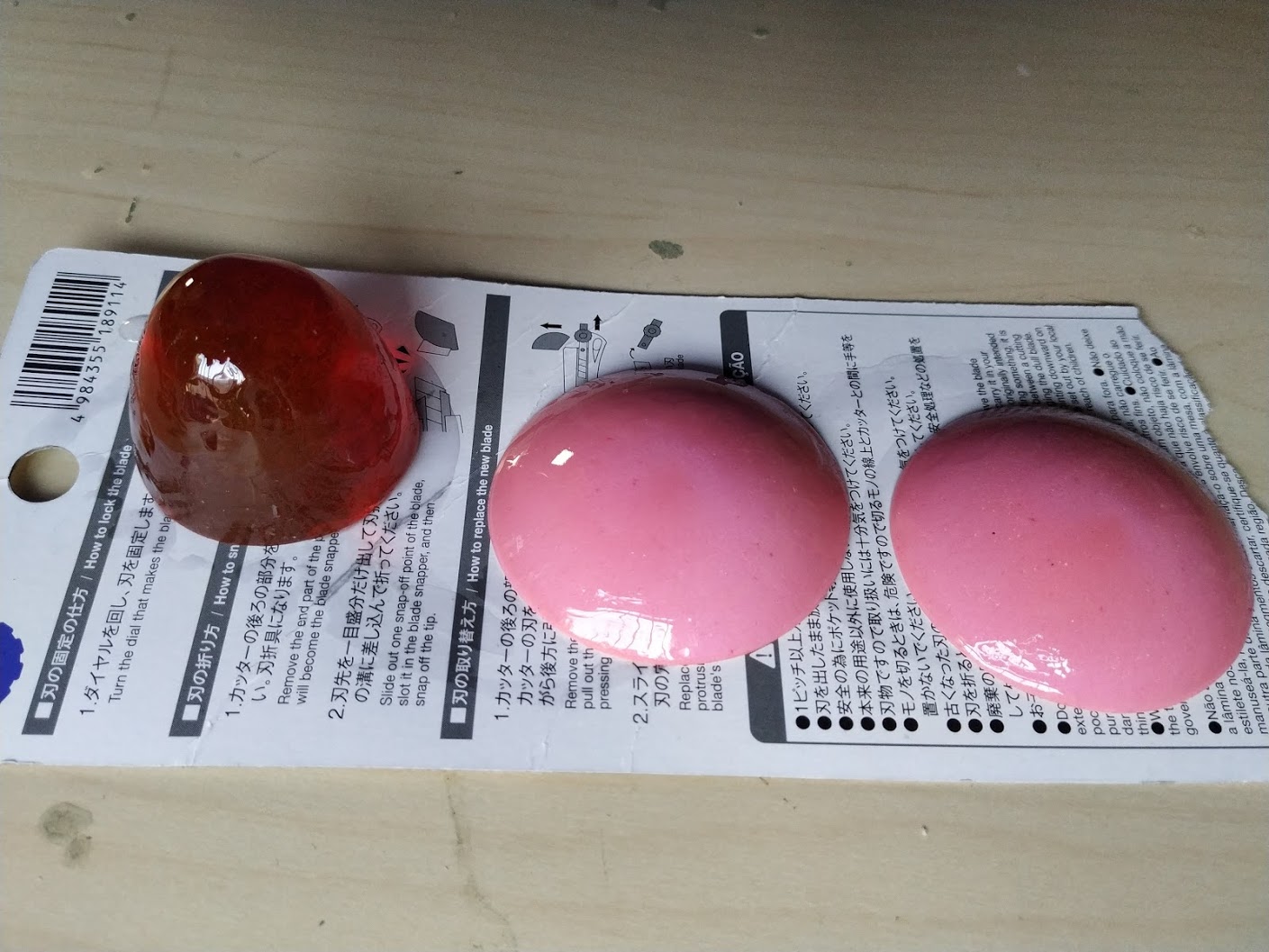

Finishing and Painting
The next step was blending the head and base into the staff, making that taper that you can see on the staff. This was done with clay, and lots of smoothing. Bonodo or something that could be sanded smoother might have been good, but I went with the material I was more familiar with.
The it was time for painting! Most all of it is large block colors, in an ideal world I would have used airbrush, but as I don’t have one I used pray paints and acrylics across most of it, as well as some rub n buff to bring out the gold shine. Just make sure you prime the whole thing first (I suggest a white primer as many of the colors are lighter).
Be sure not to paint the areas you will be gluing the wings too, I masked them off using tape, in order to make sure there is a better surface for them to adhere to.
